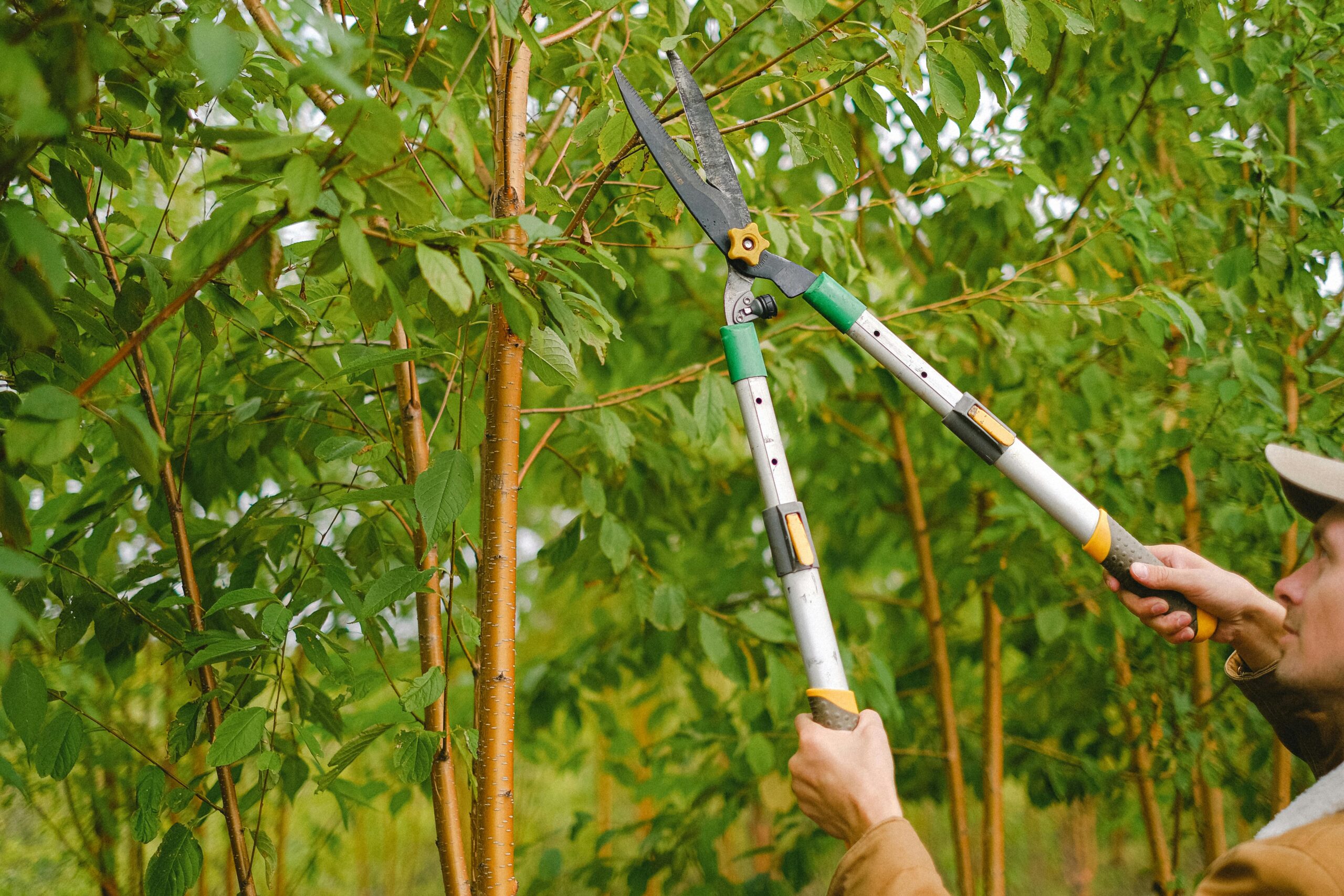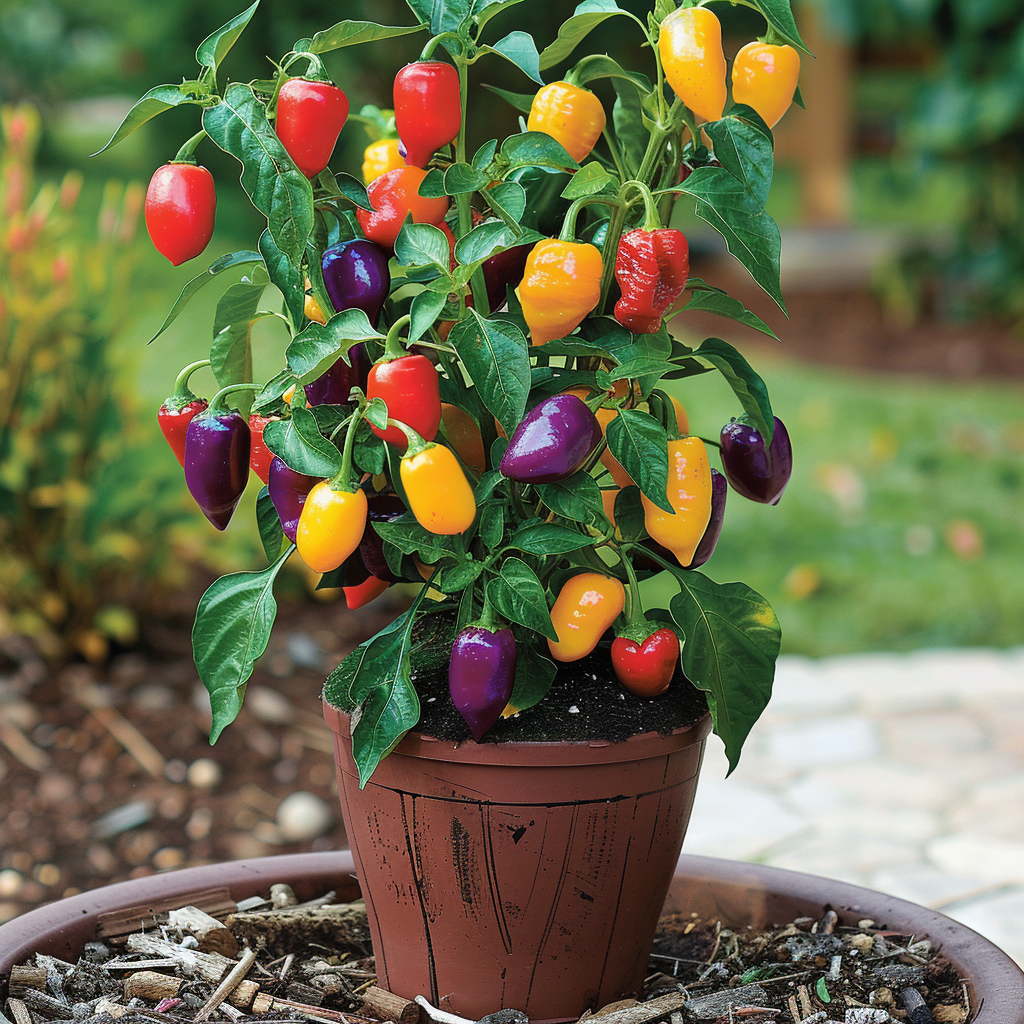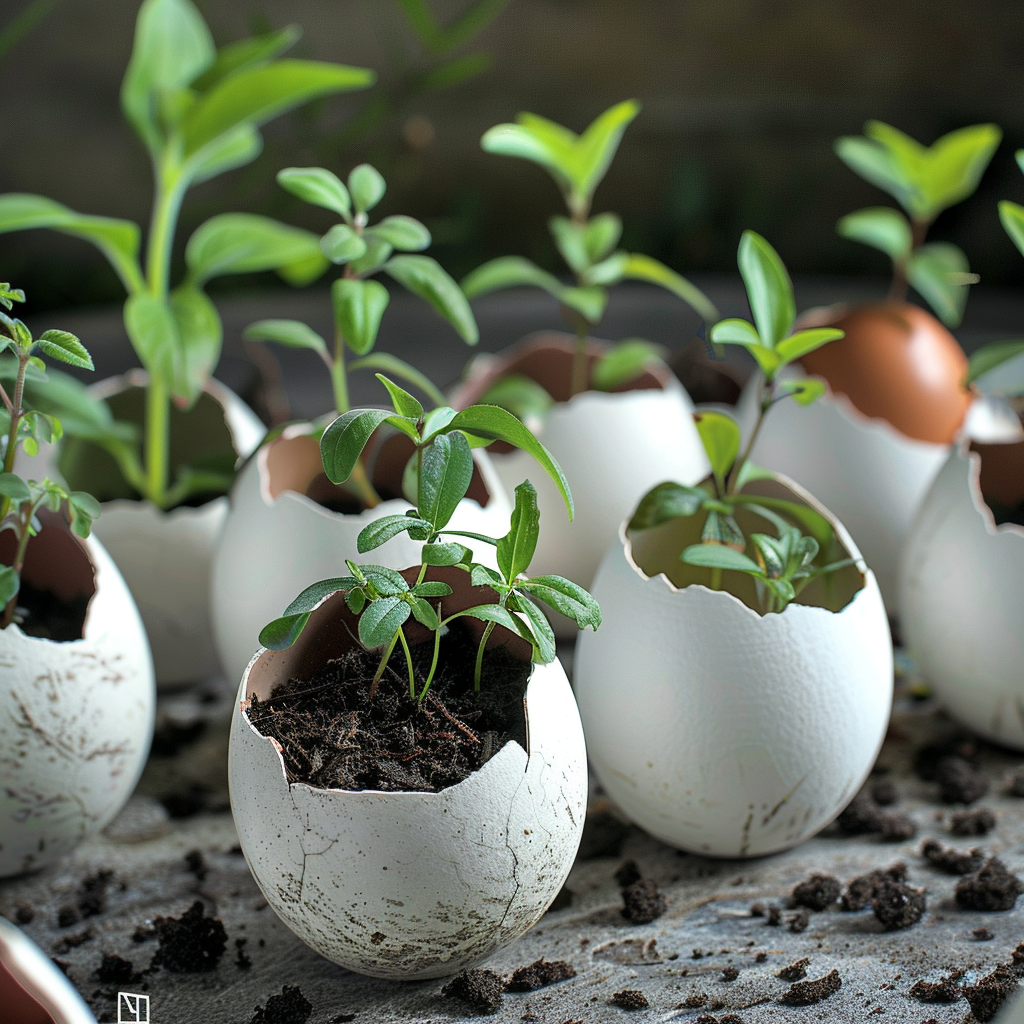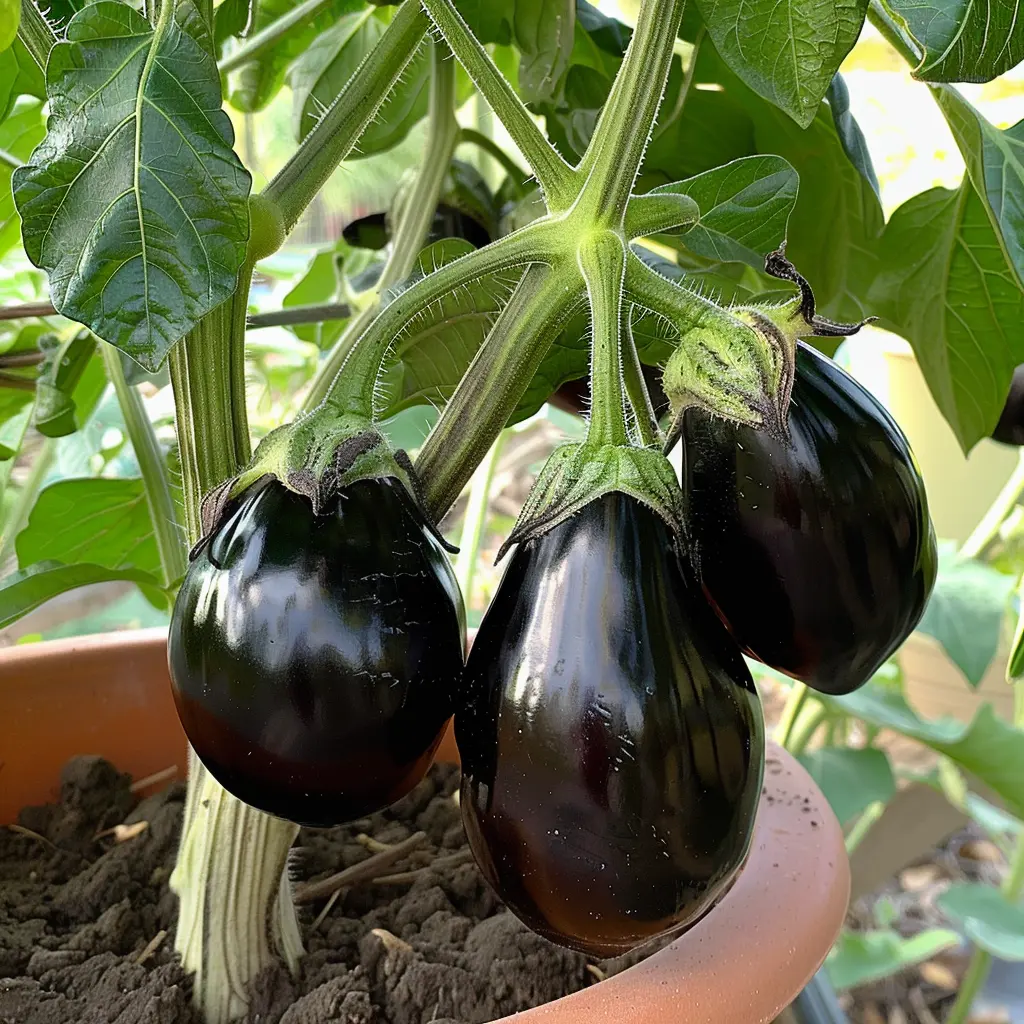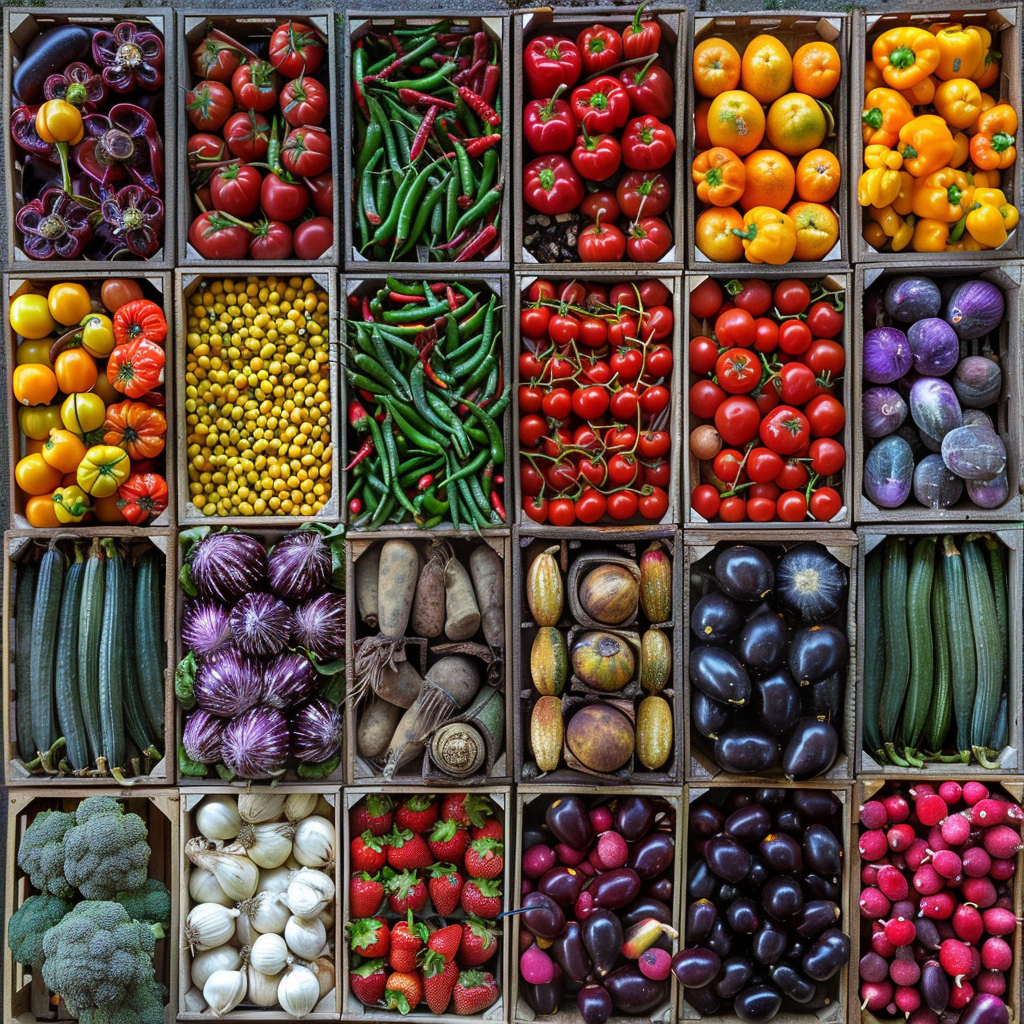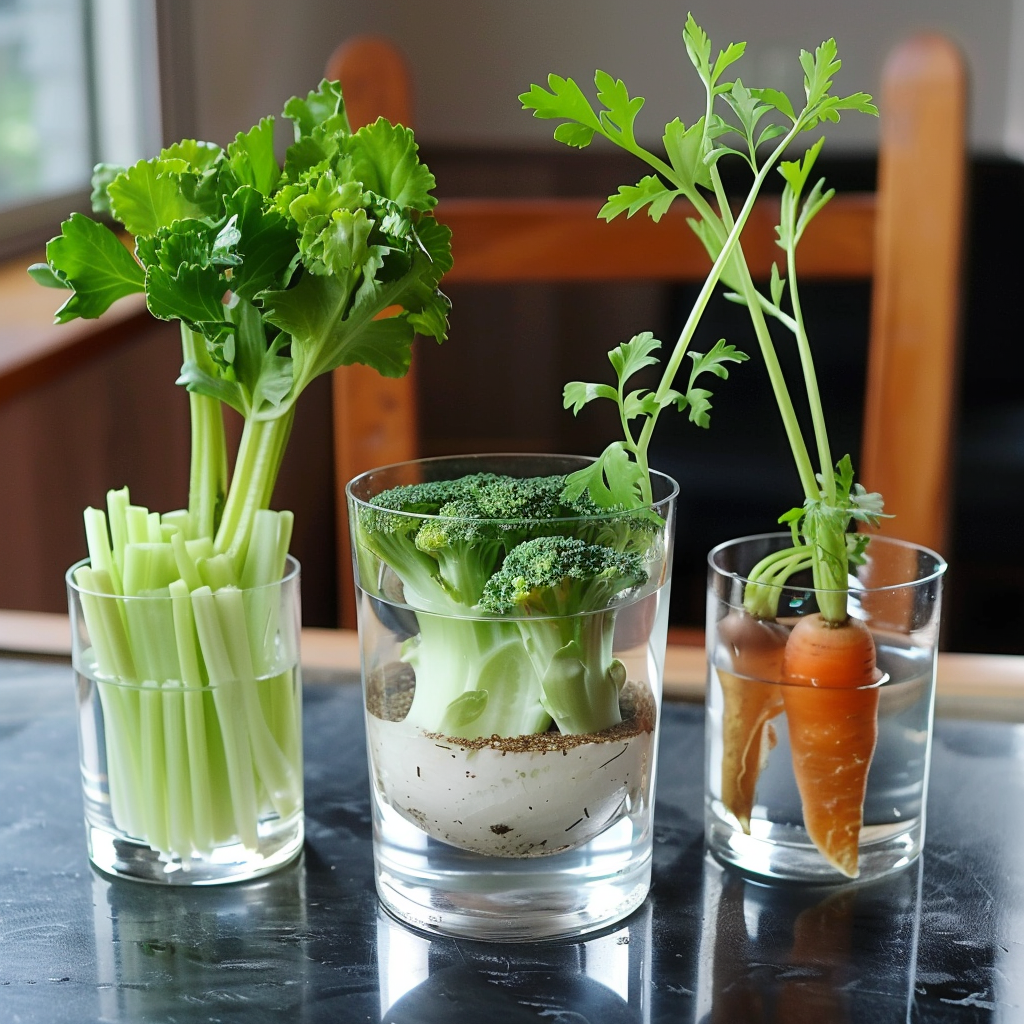WANT TO SAVE THIS RECIPE?
Starting a vegetable garden for the first time can be daunting, but it doesn’t have to be overwhelming. Focusing on a few hardy, low-maintenance vegetables is the perfect way to build your beginner gardening confidence and skills.
Best Beginner Garden Vegetables
Here are 6 of the easiest vegetables to grow for novice gardeners:
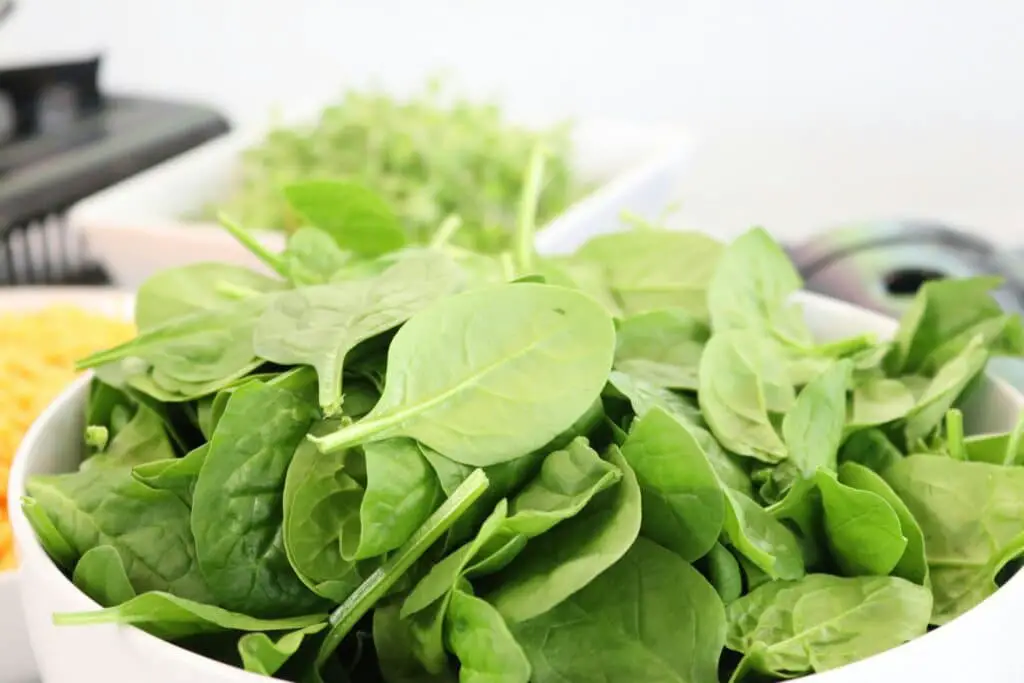
1. Spinach
Easy-to-grow leafy greens like spinach rank high on any beginner gardener’s starter list for good reason. These plants are cool weather specialists that tolerate frosts to supply healthy greens weeks before summer heat lovers get started. Given the right location, spinach is carefree yet highly productive.
Growing Conditions
A member of the Chenopodiaceae plant family that also includes beets and Swiss chard, spinach thrives in cool conditions. This crop favors air temperatures of 60-65°F/15-18°C and soil temperatures around 50°F/10°C for germination. Hot weather above 75°F/23°C causes spinach to bolt or set seed prematurely.
During spring and fall, set seedlings or sow seeds directly in full sun. But as temperatures climb, provide afternoon shade or grow spinach under taller garden crops such as tomatoes or trellised cucumbers.
Preferring soil pH of 6.5-7.0, spinach flourishes in well-drained, fertile loam enriched with compost. In tossing salad mixes, baby spinach’s mild flavor balances spicy greens like arugula and tangy radicchio.
Planting and Spacing
Expanses of deeply hued spinach foliage add striking beauty to fall and spring garden scenes. To harvest similar attractive baby leaf or mature crops, prepare raised beds and level planting sites free of weeds that compete for nutrients and water.
Direct sow seeds or set out transplants in early spring 2-3 weeks before the last average frost. For fall crops, resow 6-8 weeks before first expected hard freeze. Space plants 2-6 inches apart in all directions in beds or wide rows to grow multi-use crops for salads and cooking. Best yields come from successive plantings spaced 1-2 weeks apart to ensure an uninterrupted supply.
Care and Maintenance
Efficient spinach requires minimal care beyond keeping plants consistently moist and monitoring for pests or diseases. To conserve soil moisture, apply 3-4 inches/7.5-10 cm of organic mulch over the soil surface between plants. Or opt for black plastic sheeting or landscape fabric over drip irrigation lines.
Examine foliage frequently and identify/address diseases like downy mildew early. Watch also for infestations of leafminers, spinach beet leaf borers and other beet-loving pests. Keep crops weed-free as spinach has shallow roots easily crowded.
Harvesting
Timing is everything for spinach harvest. With crops bolting quickly as they mature, experienced gardeners know to harvest spinach practically “on the run.”
- To cut baby greens or mature leaves, grasp a handful of stems low and trim just above soil level using scissors or sharp knives.
- For clean-pulling whole plants, water well the day before.
- Spinach tolerates light frosts, extending seasonal output of fall crops. But taste suffers when temperatures drop below 20°F/-7°C.



